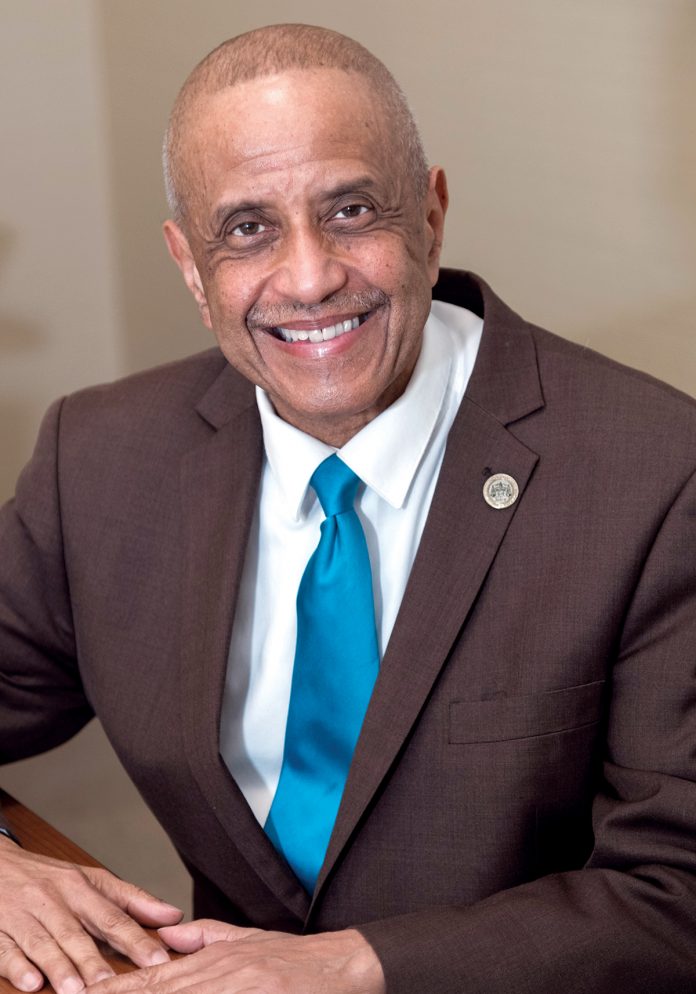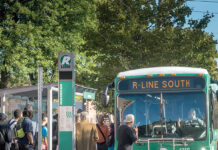Jim Vincent | President, NAACP Providence Branch
1. What is on top of the NAACP Providence Branch agenda? Gentrification in Providence is on the rise, displacing many long-term renters who can no longer afford to live in their apartments. Compounding the problem is a lack of homeownership opportunity for blacks and other people of color. For example, according to the U.S. Census 2015 American Community Survey, the Rhode Island black homeownership rate is the fifth lowest in the nation.
2. What are some of the challenges minority communities face as a part of Rhode Island’s workforce? Minority communities or people of color still face widespread discrimination and a chronic education and skills gap when trying to enter and navigate Rhode Island’s workforce. At the problem’s root is that within Rhode Island’s public education system, black academic achievement is far below the state average and, according to a recent Annie E. Casey Foundation study, Latino academic achievement is the worst in the nation.
3. How is the local NAACP working with local businesses to advance minority hiring and promotion? The NAACP Providence Branch’s employment committee receives and posts, on our website, dozens of job openings from [more than] 50 companies each week.
The branch also supports the work of the Rhode Island black and Latino contractor associations and the Rhode Island Black Business Association.
4. How can businesses continue to support minority workers? Hiring and promotion policies and practices must be fair and equitable. An inclusive workplace environment must be created and maintained. Great workers come in all colors and skills – find them.
At the top, even the best diversity-heralded companies do a poor to fair job of hiring and promoting employees at senior-level positions. For Rhode Island to prosper, this must ... change.
5. Is the purpose of the NAACP today any different than when it was founded in 1909? No, the purpose is the same. The NAACP exposes and fights discrimination, racism and bigotry whenever it rears its ugly head.
In 2018, the black unemployment rate is still approximately twice as high as the unemployment rate for whites. According to a 2017 report by The Economic Progress Institute, in Rhode Island, the black median wage is about 57 percent of the white median wage. … We have a very long way to go but the NAACP, a voice for the voiceless, will stay the course.











